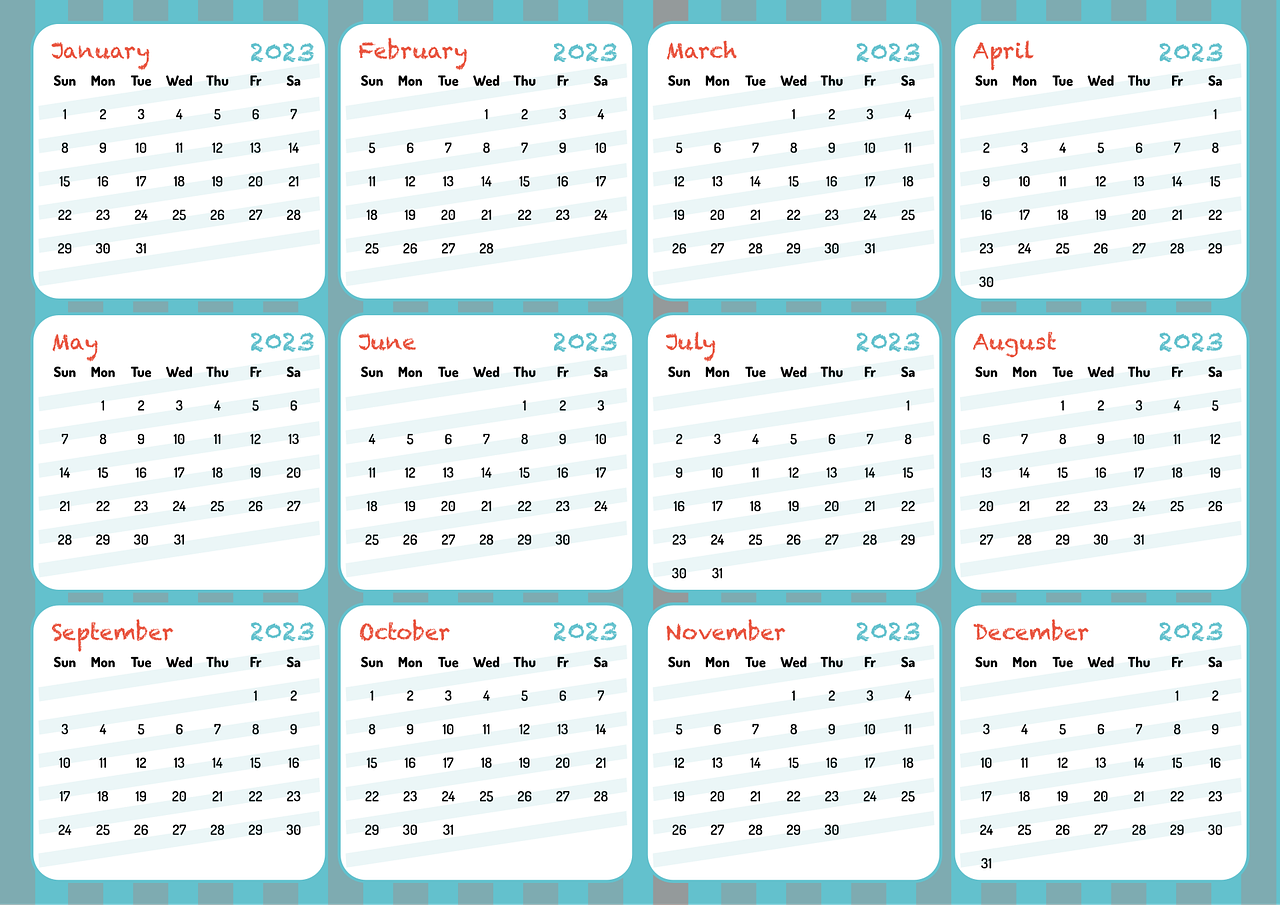Have you ever wondered how a Fidelity 401k plan can impact your future retirement? Navigating the world of retirement plans can indeed be daunting, especially when each option seems to present new terms and rules. A well-managed 401k can be your bridge to a financially comfortable retirement, and understanding how Fidelity’s 401k works can enhance your journey.

This image is property of pixabay.com.
Understanding 401k Plans
When considering your retirement options, a 401k plan often emerges as a key player. Introduced by the U.S. Congress in 1978, the 401k allows employees to save for retirement directly from their paycheck before taxes are deducted. This tax-deferral benefit enables you to potentially grow a more substantial nest egg over time. The idea is simple: by deferring a portion of your salary, you also defer the taxes on that portion until you withdraw it in retirement, presumably when you could be in a lower tax bracket.
Benefits of a 401k Plan
There are several reasons why a 401k plan is an attractive option for retirement savings. To start with, the most significant advantage is the potential for financial growth over time due to compounding interest. Moreover, many employers offer a ‘match,’ which is essentially free money. They might match your contributions up to a certain percentage, significantly boosting your savings.
Another benefit is the automatic nature of contributions. Because the money is taken directly from your paycheck, savings become a seamless part of your financial routine. Additionally, 401k contributions reduce your taxable income for the year, providing more immediate tax relief.
Risks and Considerations
While 401k plans offer numerous advantages, they are not without their risks. Market volatility can affect the value of your investments and, consequently, the amount you’ll have available for retirement. There are also penalties for early withdrawal, which can severely impact your financial health. Understanding these risks will enable you to make informed choices regarding your 401k contributions, investments, and eventual withdrawals.
Fidelity Investments: A Quick Overview
Fidelity Investments is a multinational financial services corporation recognized for its comprehensive range of investment options and robust retirement planning services. Founded in 1946, Fidelity has built a reputation on providing reliable financial advice and investment management. Today, Fidelity is one of the top providers of 401k plans, servicing millions of participants with the tools and resources they need to manage their retirement savings effectively.
Services and Solutions
Fidelity offers a range of account types, from individual brokerage accounts to retirement savings accounts like IRAs and 401ks. Their services include trade execution, investment management, retirement planning, and a wealth of educational resources to help individuals make informed financial decisions. The company’s mission is to help you manage your retirement savings with ease and confidence.
Customer Support and Resources
A cornerstone of Fidelity’s service offering is its exceptional customer support. You can access help through various channels, including phone, chat, and in-person assistance at branch locations. Fidelity also provides an extensive library of educational resources, such as webinars, tutorials, and articles, designed to boost your financial literacy and confidence in managing your 401k.

This image is property of images.unsplash.com.
An In-Depth Look at Fidelity 401k
A Fidelity 401k is a retirement savings plan offered by employers and managed by Fidelity. This plan allows you to contribute a portion of your paycheck to a retirement fund, which Fidelity then invests according to your preferences and risk tolerance. These plans are typically made up of a selection of stocks, bonds, and mutual funds.
How Does it Work?
Once you are enrolled in a Fidelity 401k, your employer will deduct a predetermined amount from each paycheck and deposit it into your 401k account. You then have the flexibility to choose how these funds are invested—options typically include various mutual funds, company stock, bonds, and more. Over time, your investments have the potential to grow, and you will pay taxes only when you withdraw funds in retirement.
Employer Matching and Vesting
Employer matching is one of the prime advantages of a Fidelity 401k. Your employer may match your contributions up to a certain percentage. For example, an employer might match 50% of your contributions up to 6% of your salary. This is essentially free money added to your retirement fund.
Vesting refers to the percentage of employer contributions that you own. While your contributions are always 100% vested, employer contributions might follow a vesting schedule. This means you need to remain with the company for a certain period to fully own the matched contributions. Understanding the vesting schedule is crucial, as it influences your overall retirement fund value.
Contribution Limits
The IRS sets annual limits on how much you can contribute to a 401k. As of 2023, the limit is $22,500 per year, with an additional catch-up contribution of $7,500 available if you’re 50 or older. It’s essential to align your savings goals with these limits to maximize your retirement savings potential.
Investment Options with Fidelity
Fidelity offers a wide array of investment options within its 401k plans to cater to different risk appetites and investment strategies. This flexibility allows you to tailor your retirement savings to your specific financial goals and risk tolerance.
Diverse Investment Choices
With a Fidelity 401k, you can choose from a variety of funds, including:
- Target-Date Funds: These are designed to provide a diversified portfolio that gradually shifts toward more conservative investments as you approach retirement age.
- Index Funds: These funds aim to replicate the performance of a specific market index and typically have lower fees.
- Actively Managed Funds: These are managed by fund managers who make decisions based on research and market trends.
Customizing Your Portfolio
One of the advantages of a Fidelity 401k is the option to customize your portfolio. You’re not restricted to a one-size-fits-all solution; instead, you can mix and match different types of funds to align with your risk tolerance and expected retirement timeline.
Rebalancing and Monitoring
Fidelity provides tools to help you regularly monitor and rebalance your portfolio to ensure it remains in line with your long-term goals. Periodically revisiting your investment strategy is crucial, especially considering changes in the market and your own financial situation over time.

This image is property of images.unsplash.com.
Taxes, Withdrawals, and Rollovers
Navigating the intricacies of taxes, withdrawals, and rollovers can be challenging, but it’s an integral part of managing a 401k plan.
Tax Implications
Contributions to a traditional Fidelity 401k are made with pre-tax dollars, reducing your taxable income for the year. However, withdrawals made during retirement are taxed as ordinary income. Roth 401k options, on the other hand, use post-tax dollars. While there are no immediate tax benefits, withdrawals during retirement are tax-free, given certain conditions are met.
Withdrawal Rules
Withdrawals from a traditional 401k before age 59½ generally incur a 10% penalty in addition to the usual taxes. There are exceptions, such as hardship withdrawals and specific life events, but these need careful consideration and approval. Planning for necessary expenses and unforeseen emergencies will help you avoid costly penalties.
Rolling Over a 401k
If you change jobs or retire, you may want to roll over your Fidelity 401k to another retirement account to maintain the tax-deferred status of your investments. You can roll it over into an IRA or a new employer’s 401k plan. A direct rollover is typically the best approach, as it avoids penalties and taxes associated with early distributions.
Planning for Retirement with Fidelity
Effective retirement planning involves setting goals, evaluating your progress, and making necessary adjustments over time. Fidelity offers numerous tools and resources to assist you in this journey.
Setting Retirement Goals
Setting specific, measurable, achievable, relevant, and time-bound (SMART) goals is foundational to a successful retirement planning strategy. Consider what kind of lifestyle you want in retirement and how much money you’ll need to fund it. Fidelity’s retirement planning tools can help you visualize these goals and set a savings target.
Evaluating Your Progress
Periodically reviewing your 401k performance is crucial. Fidelity offers online tools and statements that assist you in tracking your contributions and measuring your progress toward your retirement goals. Regular assessments allow you to make informed decisions and adjustments as needed.
Adjusting Your Strategy
Life is unpredictable, and financial situations can change. Whether you’re experiencing significant life events or responding to market changes, being flexible with your retirement strategy is vital. Fidelity’s resources can guide you through these adjustments, ensuring you remain on track to meet your goals.

This image is property of pixabay.com.
Common Questions About Fidelity 401k
Understanding all aspects of a retirement plan is crucial for making informed decisions, and you might have lingering questions about how a Fidelity 401k works.
What Happens to My 401k If I Leave My Job?
If you leave your job, you have several options for your Fidelity 401k: you can leave it with your former employer, roll it over to your new employer’s plan, roll it over into an IRA, or cash it out (though the latter should be avoided due to taxes and penalties).
Can I Borrow From My Fidelity 401k?
Fidelity allows you to borrow against your 401k through a loan, under specific conditions. This option can provide liquidity during emergencies without the consequences of a withdrawal, as long as the loan is repaid under the agreed terms. However, borrowing from your 401k can reduce the potential growth of your retirement savings.
How Do I Maximize My Fidelity 401k?
Maximize your Fidelity 401k by contributing enough to get the full employer match, optimizing your investment portfolio based on your risk tolerance and retirement timeline, and regularly reviewing and adjusting your retirement strategy to ensure alignment with your financial objectives.
Final Thoughts
A Fidelity 401k is an advantageous tool for building a secure financial future. With the right approach, you can leverage considerable tax benefits and employer contributions while tailoring your investments to suit your unique retirement goals. It’s all about being proactive—seeking out the resources and guidance needed to make the most of your 401k is key to retiring with confidence. Embrace the opportunity to prepare diligently now, so you can enjoy a comfortable and fulfilling retirement later on, secure in the knowledge that your financial future is well-cared for.

This image is property of pixabay.com.





































